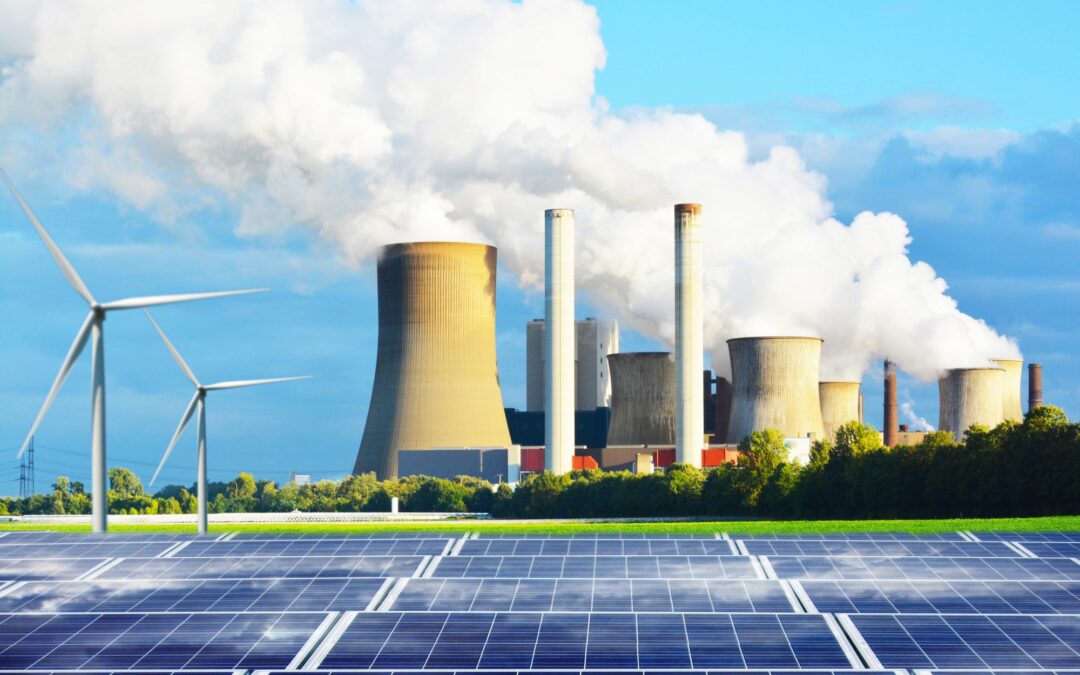- Use of anchor rods helps to stabilize the green technology infrastructure.
- Decarbonization efforts of the various industries help to achieve the low-carbon future in accordance with the Paris Agreement.
In our current world, there are many materials for infrastructure being produced to meet our everyday processes. Sadly, these processes account for more than 20% of global emissions. With the global transition to a low-carbon future, these industries can be hard to decarbonize. This is while fostering sustainable economic growth. It involves reducing carbon footprint of industries in the region. This is through energy efficiency, renewable energy integration, and transitioning away from fossil fuels. The key areas that need decarbonization include mining, manufacturing, and agriculture. Also, governments aim to foster policy frameworks to transition toward a low-carbon future. This will attract investments that pressure the industries to adopt green technologies. Power line hardware like anchor rods stabilize and support renewable energy infrastructure.
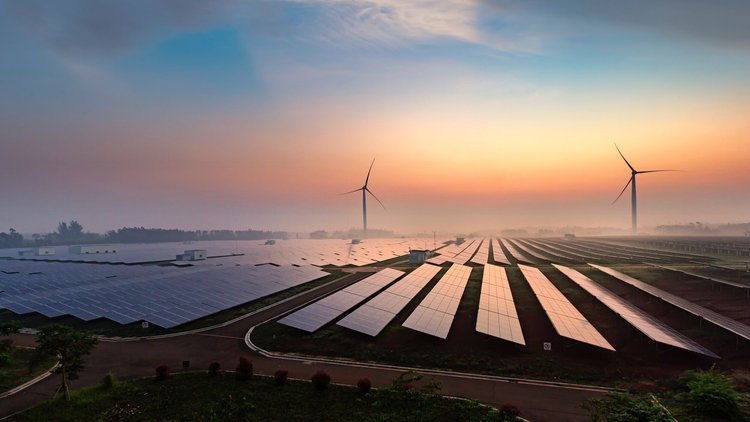
As the region shifts towards cleaner energy, anchor rods ensure that the systems are durable, efficient, and scalable. They enable the construction of wind turbines, solar panels, and energy-efficient infrastructure. Anchor rods serve an integral part of the industrial decarbonization movement in South America. Moreover, South America presents an attractive destination for investments. This can drive economic growth and climate resilience. For instance, countries like Brazil, Chile, Colombia, and Peru have set up significant decarbonization goals. Some of these goals include expanding renewable energy and decarbonizing the industrial sector. It is thus vital for governments and industry professionals to create a sustainable environment for investments. They can do this by providing policies, incentives, subsidies, and favorable regulatory frameworks. But how exactly do anchor rods contribute to the decarbonization goals in South America? Dive in as we analyze their role in speeding up the decarbonization goals in the region.
Decarbonizing hard industries using anchor rods
Most of the industries in South America produce greenhouse gas emissions. South America needs to reduce its reliance on fossil fuels, improve energy efficiency, and adopt cleaner technologies to meet decarbonization goals. Sectors that need decarbonization include energy, mining, agriculture, and manufacturing. By decarbonizing these industries, the region can ensure long-term environmental sustainability. Additionally, anchor rods function in various renewable energy systems. The following are the hard-to-decarbonize industries in South America and how anchor rods contribute to the efforts.
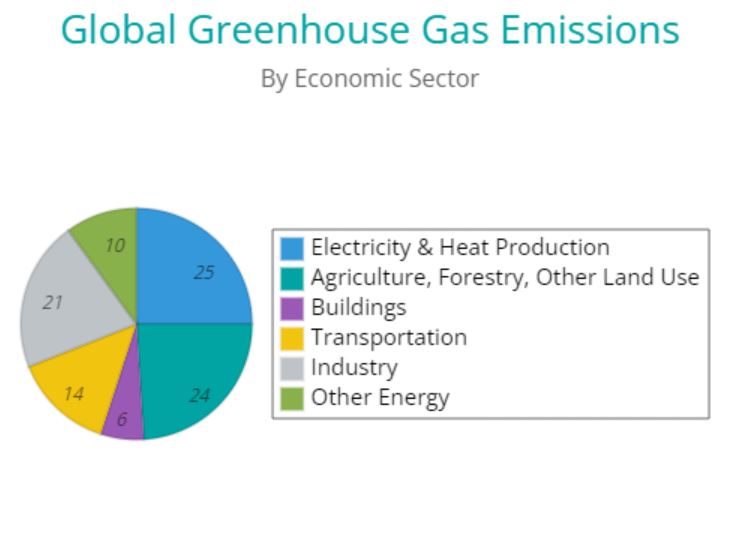
- Mining industry – mining operations in Chile, Peru, and Brazil need significant amounts of energy, mostly derived from fossil fuels. Anchor rods help stabilize mining infrastructure to maintain their operations. They also help stabilize wind turbines and solar panels to power the mining operations.
- Energy sector – countries like Argentina, Brazil, and Venezuela are major producers of oil and gas. The extraction, refinement, and transportation of fossil fuels contribute to the regional emissions. Expanding renewable energy sectors helps to reduce greenhouse gas emissions. Anchor rods can serve in infrastructure improvements aimed at reducing leaks and emissions.
- Construction and cement industry – the construction industry is a major source of carbon emissions. The construction of industrial facilities and buildings demands significant resources. Anchor rods made from low-carbon materials contribute to reducing emissions from construction projects.
- Agriculture and forestry – cattle farming and deforestation for farming contributes to emissions. Anchor rods serve in the construction of infrastructure for renewable energy systems on farms. The renewable systems can power agricultural activities and reduce reliance on diesel and gasoline.
- Transportation and logistics – South America’s transportation sector relies on fossil fuels. Anchor rods can serve in securing the foundations of charging stations for electric vehicles.
- Manufacturing industry – steel, aluminum, and chemical production, emits greenhouse gases. Anchor rods are essential in the construction of facilities that adopt energy-efficient designs and systems.
Methods used in the industrial decarbonization efforts
There are several factors that drive the industrial decarbonization efforts in South America. These strategies aim to focus on reducing greenhouse gas emissions. Industrial decarbonization in South America depends on a mix of technologies. It also depends on strategies tailored to the region’s unique industrial and economic landscape. The use of carbon pricing mechanisms, green hydrogen, and circular economy principles strengthen these efforts. The following are the methods used in industrial decarbonization efforts in South America.
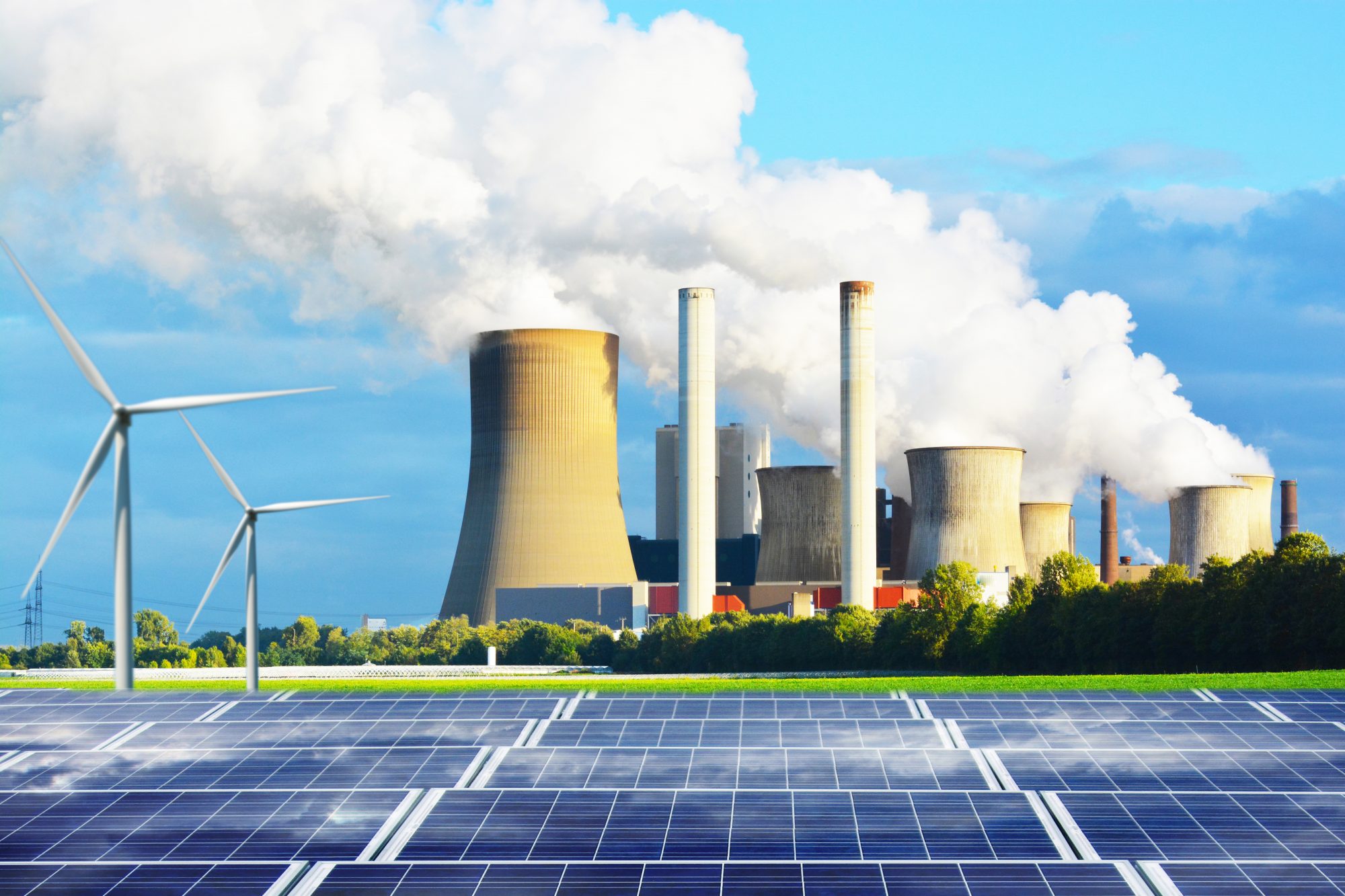
- Renewable energy integration – this is replacing fossil fuels with renewable energy to power industrial operations. Countries like Brazil, Chile, and Uruguay are integrating renewable energy into their industrial sectors. For instance, wind and solar farms are being utilized to power mining operations in Chile and Brazil to reduce reliance on coal and diesel.
- Energy efficiency improvements – this is implementing technologies and practices that reduce energy consumption. Industries are adopting energy-efficient technologies to lower energy use. These include improved insulation, heat recovery systems, and LED lighting .
- Electrification of industrial processes – this includes replacing fossil-fuel based machinery with electric alternatives powered by renewable energy. Electrification of equipment is being adopted to reduce diesel and gasoline use. For instance, mining in Chile and Peru is transitioning to electric mining trucks and equipment. This helps reduce emissions from transportation and ore extraction activities.
- Carbon capture, use, and storage – this is the process of capturing carbon dioxide emissions from industrial processes. It is then either stored underground or used in other applications. Brazil is exploring the use of this technology in industries such as cement, oil, and gas.
- Use of green hydrogen – producing hydrogen using renewable energy sources serves as a clean fuel. Green hydrogen can replace coal and natural gas in high-emission industries. These includes steel manufacturing, fertilizers, and heavy transport.
Role of anchor rods in industrial decarbonization goals in South America
Anchor rods play a crucial role in supporting industrial decarbonization in South America. These rods are essential components in construction and infrastructure projects like wind turbines and solar panel installations. They provide stability and durability to these structures, which contributes to decarbonization efforts. Anchor rods ensure the durability, efficiency, and scalability of green energy systems. Here’s how anchor rods indirectly contribute to decarbonization efforts in South America.
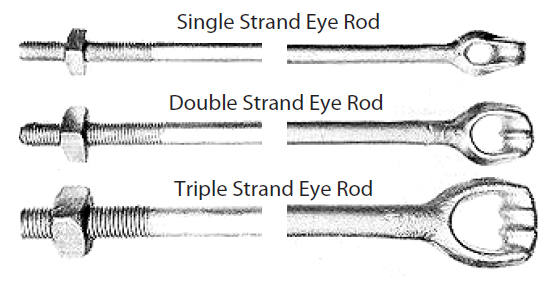
- Supporting renewable energy infrastructure – anchor rods are important in securing the foundations of wind turbines. They ensure the stability needed for the turbines to withstand forces and operate for longer periods. Additionally, anchor rods secure solar panel arrays to the ground. This is to ensure their stability in various weather conditions.
- Energy efficiency – anchor rods enhance the longevity of industrial infrastructure by providing strong, durable connections. Using high-quality anchor rods can increase the energy efficiency of building processes.
- Decarbonizing industrial construction and maintenance – production of anchor rods using more sustainable and low-carbon materials supports the decarbonization efforts. Anchor rods used in modular or prefabricated construction have a lower environmental impact.
- Low–carbon infrastructure – anchor rods ensure that wind turbines, solar farms, and other clean energy infrastructure withstand the various challenges. This helps maintain a steady flow of renewable energy and supports the viability of decarbonization strategies.
- Green energy storage systems – anchor rods serve in the construction of battery storage facilities. The systems store excess energy generated by renewables like wind and solar. These facilities ensure a reliable, low carbon energy supply for industrial operations.
In summary,
Industrial decarbonization is essential for South America’s economic and environmental future. Key industries leading in greenhouse gas emissions include mining, energy, agriculture, and manufacturing. They are also the industries driving economic growth in South America. As the world transitions to a low-carbon future, decarbonizing these sectors is critical to meeting the national and global climate goals. Decarbonizing methods include integrating renewable energy sources, improving energy efficiency, electrifying industrial processes, and using carbon capture technologies. Countries like Chile, Brazil, Colombia, and Argentina are adopting these methods to reduce emissions across the sectors. Governments, policymakers, and industry professionals must continue to focus on decarbonization strategies. They should also promote investment in infrastructure and adopt policies that ensure long-term environmental sustainability.

Anchor rods play a crucial role in the deployment of renewable energy systems, which help reduce the reliance on fossil fuels. Anchor rods help to stabilize wind turbines, solar panels, and other installations. By securing the green technology infrastructure, the rods contribute to the reduction of carbon emissions. This thus enables the expansion of renewable energy sources. At TTF Power Systems, we are a world-class global provider of high-quality overhead line hardware, transmission hardware, distribution hardware, conductors, insulators, cutout switches, anchoring, and grounding products. We provide our customers with the most extensive range of products in the industry, excellent value, and knowledgeable service. Check out our catalog and contact details for more information.

